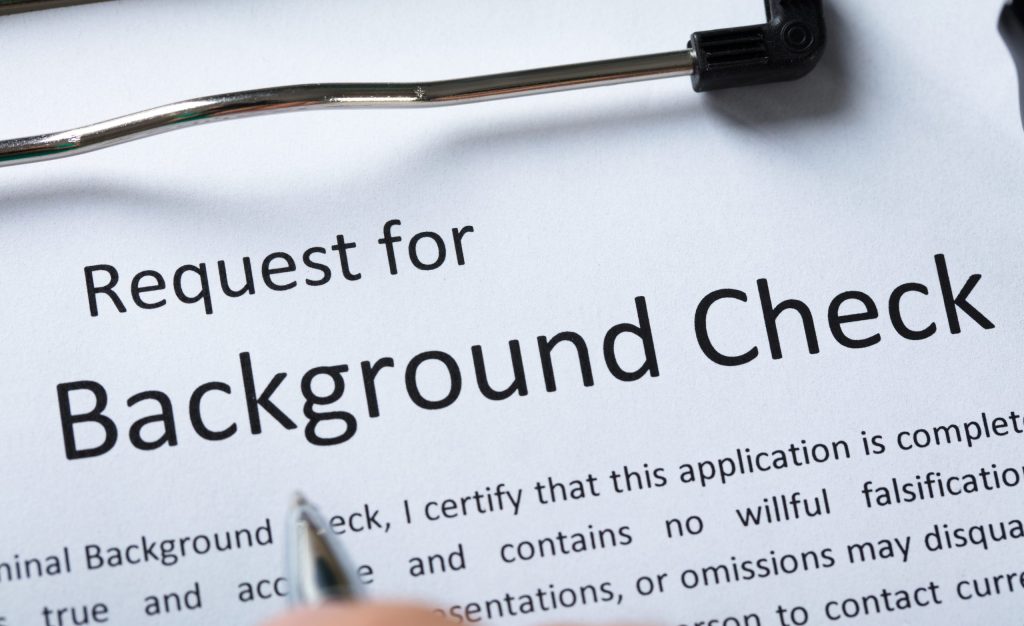The Ultimate Guide to Hosting Successful Open Houses

Hosting a successful open house can be a game-changer in selling a property and generating leads. It provides an opportunity to showcase a home to potential buyers, create buzz, and gather valuable feedback. To make the most of the event, thorough preparation, effective staging, and engaging interactions are key. Here’s your ultimate guide to hosting an open house that leaves a lasting impression, drives offers and generates leads for your business.
Preparation: Setting the Stage for Success
1. Plan Ahead
Effective open houses start with an organized plan. Schedule the event at a time that maximizes attendance, typically on weekends or evenings when potential buyers are most available. Create a marketing strategy that includes social media promotions along with traditional methods like flyers and signage. Ensure that all marketing materials highlight the property’s key features and include high-quality photos.
2. Coordinate with the Seller
Work closely with the seller to ensure the property is ready for showings. Discuss any last-minute repairs or touch-ups that may be needed. Ensure that all necessary documents, such as property disclosures and inspection reports, are readily available for potential buyers to review.
3. Prepare the Home
Prior to the open house, conduct a thorough inspection of the property. Check for any maintenance issues that need addressing and ensure that everything is in working order. Create a checklist of tasks to complete before the event, such as cleaning, organizing, and removing personal items from view.
Staging: Making the Property Shine
1. Create a Welcoming Atmosphere
The first impression is crucial, so focus on creating a welcoming atmosphere. Ensure the property is clean, well-lit, and free of clutter. Arrange furniture to highlight the home’s best features and make the space feel inviting. Fresh flowers, soft music, and pleasant scents can enhance the ambiance and create a positive experience for visitors.
2. Highlight Key Features
Stage the home to emphasize its strengths. Arrange furniture and decor to showcase the property’s layout and functionality. If the home has special features like a fireplace, built-in shelving, or a spacious kitchen, make sure these areas are prominently displayed and accessible.
3. Neutralize and Depersonalize
To appeal to a broad audience, depersonalize the space by removing family photos, personal memorabilia, and any overly distinctive decor. Opt for neutral colors and simple decor that allow potential buyers to envision themselves living in the home. A neutral palette helps buyers focus on the property’s features rather than the current owner’s personal style.
4. Set the Right Temperature
Ensure the home is at a comfortable temperature, regardless of the season. A well-maintained climate can significantly impact visitors’ comfort and their perception of the property. In colder months, make sure the home is warm and inviting, while in warmer weather, ensure it is cool and refreshing.
Engaging with Potential Buyers: Making a Connection
1. Greet Visitors Warmly
When visitors arrive, greet them with a friendly and welcoming attitude. A warm welcome sets a positive tone and makes potential buyers feel comfortable. Provide visitors with property brochures or information packets that they can take with them.
2. Collect Contact Information
Set up a sign-in sheet or digital registration system at the entrance to collect contact information from all attendees. Encourage visitors to leave their details, such as names, phone numbers, and email addresses. This contact list is a valuable resource for driving offers and generating new leads for your business.
3. Offer Informative Tours
Conduct informative tours of the property, highlighting key features and answering any questions that arise. Be knowledgeable about the home and the neighborhood, and be prepared to discuss details such as local schools, amenities, and recent updates. Offer a guided tour but allow visitors to explore on their own if they prefer.
4. Follow Up Promptly
After the open house, follow up with visitors to express your appreciation for their attendance. Address any questions or concerns they may have raised during the event. Following up demonstrates your commitment to customer service and keeps the lines of communication open, potentially leading to further interest in the property.
Conclusion
Hosting a successful open house requires careful preparation, effective staging, and engaging interactions with potential buyers. By planning ahead, creating a welcoming atmosphere, and actively engaging with visitors, you can make a strong impression and generate interest in the property and leads for your business. Emphasize the home’s best features, address any concerns promptly, and use feedback to refine your approach. With these strategies, you’ll be well-equipped to host an open house that stands out and helps grow your business.
You Might Also Like
Join Our Newsletter
Get the latest updates delivered right to your inbox










